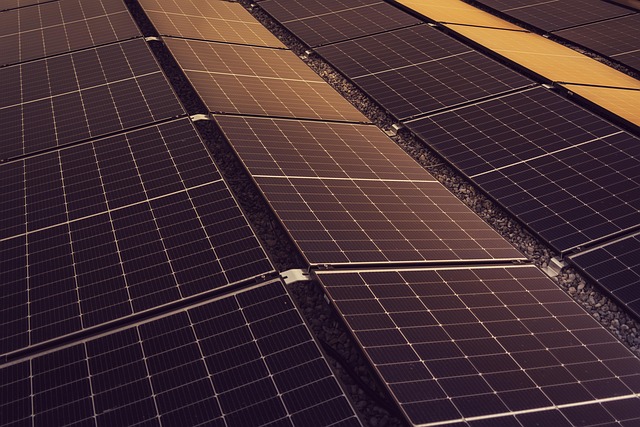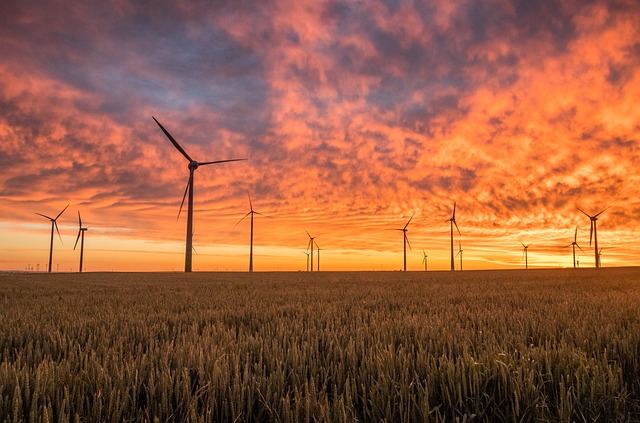In today’s world, the urgency for sustainable development has never been more pronounced. With the complexities of climate change and environmental degradation looming over us, achieving a carbon-neutral future has transitioned from a mere aspiration to an imperative. One powerful tool in this quest is the material efficiency index, a metric that serves as a compass guiding industries toward minimizing their ecological footprint.
Understanding the material efficiency index is crucial for anyone keen on fostering a more sustainable world. At its core, this index measures how effectively materials are used in production processes, emphasizing the reduction of waste and promoting reuse and recycling. In a rapidly industrializing world, where resources are finite, this index beckons industries to rethink their operations and adapt green technologies that bridge the gap between profitability and sustainability.
Imagine a scenario where manufacturers evaluate their processes not just based on output but on the raw materials consumed per unit of product. This shift in perspective can lead to significant reductions in waste generation and energy consumption, ultimately resulting in a lower ecological footprint. For instance, the incorporation of renewable and sustainable materials not only aligns with the material efficiency index but also contributes to the broader aim of carbon neutrality.
Moreover, the advent of green technologies provides a fertile ground for enhancing material efficiency. Innovations such as advanced recycling techniques, biodegradable materials, and energy-efficient manufacturing processes are paving the way for businesses to operate more sustainably. Companies leveraging these technologies are not only reducing their environmental impact but also gaining a competitive edge in a market that increasingly values sustainability.
As we strive for a carbon-neutral future, the material efficiency index emerges as a beacon of hope. It challenges businesses and individuals alike to reconsider their consumption patterns and embrace practices that lead to a more harmonious relationship with the environment. Each incremental change, powered by a commitment to efficiency and sustainability, contributes to safeguarding our planet for generations to come.
Ultimately, the journey towards carbon neutrality is a collective endeavor. By prioritizing the material efficiency index and fostering a culture of sustainable practices, we can create a world that not only meets our present needs but also preserves our planet’s resources for the future. It’s a path that requires collective action, innovation, and a shared vision of a sustainable tomorrow.




